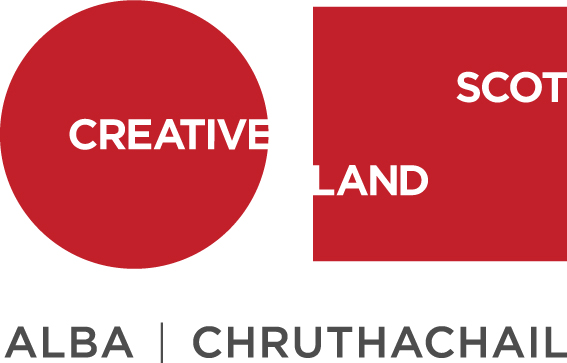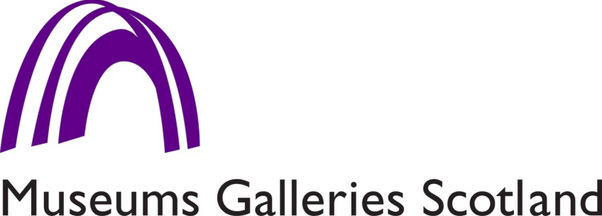Partnership Working
 Questions for you and your team
Questions for you and your team
- How do we start a partnership?
- How do we find willing partners?
- Are there guidelines within our organisation for what a partnership should look like?
- Is this commission a one-off, or is it an ongoing partnership? (This question should be applied to both your relationship with the artist and with your funder)
Partnership working with artists and other organisations can have a range of attached expectations alongside varied long-term outcomes.
Over the past few years, the University of Edinburgh Art Collection has been testing a variety of working methods with partner institutions, through activities which include teaching, artwork lending, co-commissioning, and joint acquisitions.
Releasing budget to partners can free up the collection from working within the annual financial year, which enables more flexibility around acquisition expenditure. Additionally, it extends curatorial and production capacities, pulling in the expertise of those in other organisations, to co-produce artworks.
It is important to maintain the space for both artists and partners to bring their thoughts, knowledge and skills to both shape the work and be part of the decision-making processes with other partners from the earliest stage possible. This style of working can help bring together the focus of the commission with the other partners.
Our first collaboration was in 2016, with Workers! a film project initiated by Collective Gallery Edinburgh, with Swedish artist and filmmaker Petra Bauer and SCOT-PEP, a sex-worker led organisation in Scotland.
Why did we partner with Collective Gallery?
- The ambitions of the Collective Gallery are to support and commission new work which explores challenging questions and unrevealed histories. This ties well with the wider ambitions of The University of Edinburgh Art Collection.
- The respective mission of each partner ensures that artists and artworks have a sustained legacy through a) high-profile public exhibition b) influencing future thinking within the classrooms of the University
This is a live toolkit. Please help us to develop and improve it by leaving comments in our feedback form. Thank you.



